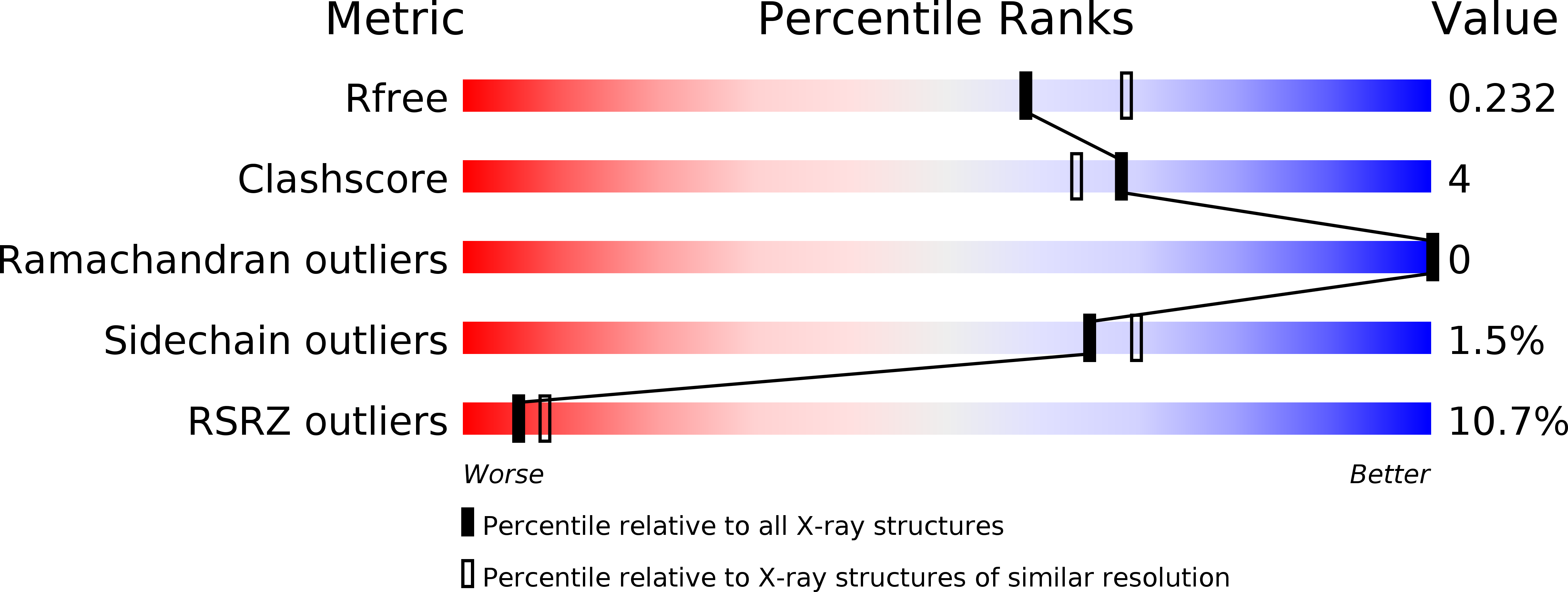
Deposition Date
2014-09-24
Release Date
2014-10-22
Last Version Date
2025-03-26
Entry Detail
PDB ID:
4RF1
Keywords:
Title:
Crystal structure of the Middle-East respiratory syndrome coronavirus papain-like protease in complex with ubiquitin (space group P63)
Biological Source:
Source Organism:
Human betacoronavirus 2c Jordan-N3/2012 (Taxon ID: 1306931)
Homo sapiens (Taxon ID: 9606)
Homo sapiens (Taxon ID: 9606)
Host Organism:
Method Details:
Experimental Method:
Resolution:
2.15 Å
R-Value Free:
0.23
R-Value Work:
0.19
R-Value Observed:
0.20
Space Group:
P 63


